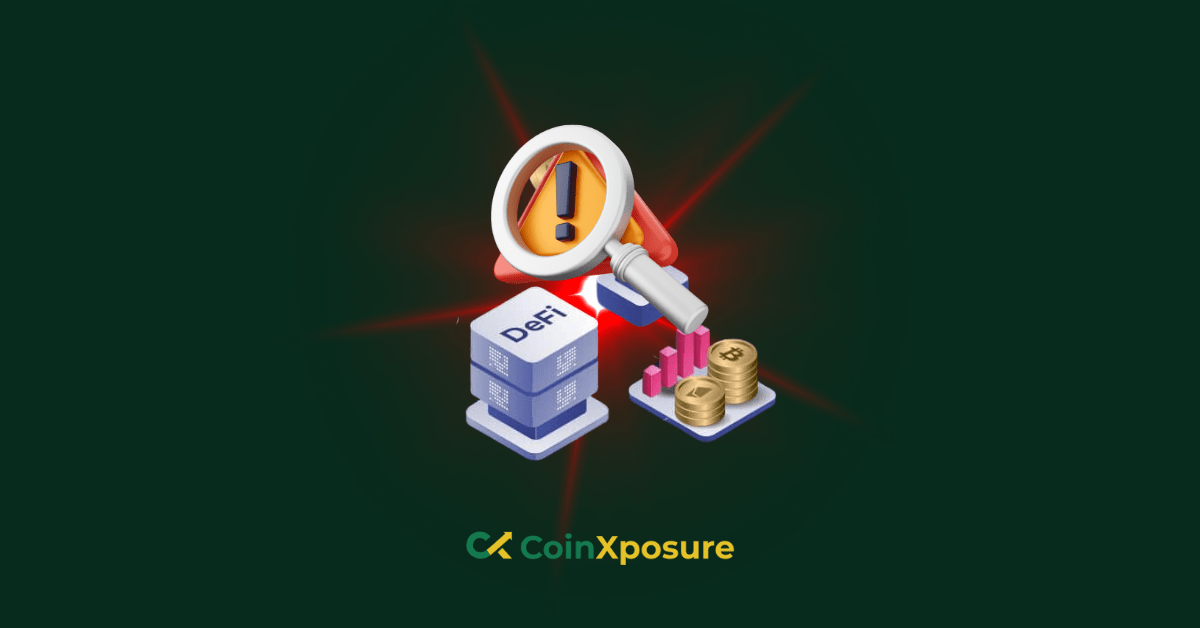Decentralized Finance (DeFi) has emerged as a revolutionary force in the financial landscape, offering unprecedented access to financial services and opportunities through blockchain technology.
However, with the allure of high yields and decentralized structures comes a myriad of risks that investors and users must navigate carefully.
In this article, we delve into the multifaceted risks associated with DeFi, exploring the challenges posed by smart contract vulnerabilities, market volatility, security breaches, and regulatory uncertainties.
Understanding DeFi risks is paramount for participants in the DeFi ecosystem to make informed decisions and safeguard their assets.
Overview of DeFi Risks
The overview of DeFi risks encompasses various potential challenges and vulnerabilities inherent in decentralized finance platforms. These risks can broadly be categorized into several key areas:
- Smart Contract Risks
- Market Risks
- Security Risks
- Regulatory Risks
Smart Contract Risks
Smart contracts are self-executing contracts with the terms of the agreement directly written into code. However, they are not immune to vulnerabilities and exploits, which can result in financial losses for users.
Market Risks
DeFi platforms often involve exposure to cryptocurrency markets, which are known for their volatility. Market risks include sudden price fluctuations and impermanent loss in liquidity pools, affecting the value of assets held within DeFi protocols.
Security Risks
Security breaches and hacks are significant concerns in the DeFi space. Despite being decentralized, platforms are not immune to cyber attacks, and the loss of funds due to security vulnerabilities can devastate users.
Regulatory Risks
DeFi operates in a regulatory gray area, with evolving regulatory frameworks posing uncertainties for participants. Compliance issues with financial regulations and potential legal actions against DeFi projects are among the regulatory risks users face.
Understanding and addressing these risks are essential for users and investors to make informed decisions and protect their assets in the DeFi ecosystem.
Implementing appropriate DeFi risks management strategies and staying informed about the evolving landscape can help mitigate potential losses and navigate the complexities of decentralized finance effectively.
Mitigation Strategies
Mitigation strategies are essential for participants in the DeFi ecosystem to minimize potential risks and protect their assets. Here’s an explanation of some key mitigation strategies:
- Due Diligence: Conduct thorough research before investing or participating in any DeFi project. Assess factors such as the project’s team, technology, security measures, and community trust to ensure its legitimacy and reliability.
- Diversification: Spread your investments across multiple DeFi protocols and assets to reduce concentration risk. Diversification can help mitigate losses in the event of a hack, market crash, or other adverse events affecting a single platform or asset.
- Risk Management Tools: Utilize DeFi risks management tools such as decentralized insurance protocols and asset management platforms. These tools can provide added protection against smart contract vulnerabilities, market volatility, and other risks.
- Security Measures: Take proactive steps to enhance security, such as using hardware wallets, employing strong authentication methods, and keeping private keys secure. Additionally, participate in platforms that undergo regular security audits and implement robust security protocols.
- Stay Informed: Stay updated on the latest developments, trends, and regulatory changes in the DeFi space. Join communities, follow reputable sources, and engage with industry experts to stay informed and adapt to evolving risks and opportunities.
- Compliance: Understand and adhere to applicable regulations and compliance requirements in your jurisdiction. Stay informed about regulatory developments and consult legal experts when necessary to ensure compliance with financial regulations.
By implementing these mitigation strategies, participants can better navigate the risks inherent in the DeFi ecosystem and safeguard their investments and assets effectively.
Conclusion
While decentralized finance (DeFi) offers unprecedented opportunities for financial innovation and inclusion, it also presents unique risks and challenges that users must navigate cautiously.
The overview of DeFi risks highlights the importance of understanding and addressing potential vulnerabilities, including smart contract flaws, market volatility, security breaches, and regulatory uncertainties.
Mitigation strategies such as due diligence, diversification, risk management tools, security measures, staying informed, and compliance are essential for participants to protect their assets and minimize potential losses in the DeFi ecosystem.
As DeFi continues to evolve and mature, it is crucial for users to remain vigilant, adapt to changing dynamics, and prioritize risk management practices.
By adopting a proactive approach and implementing robust mitigation strategies, participants can harness the transformative potential of DeFi while mitigating its inherent risks effectively.
Ultimately, treading with caution in DeFi is not just a prudent approach; it is a necessary step towards building a more resilient and sustainable decentralized financial ecosystem.












